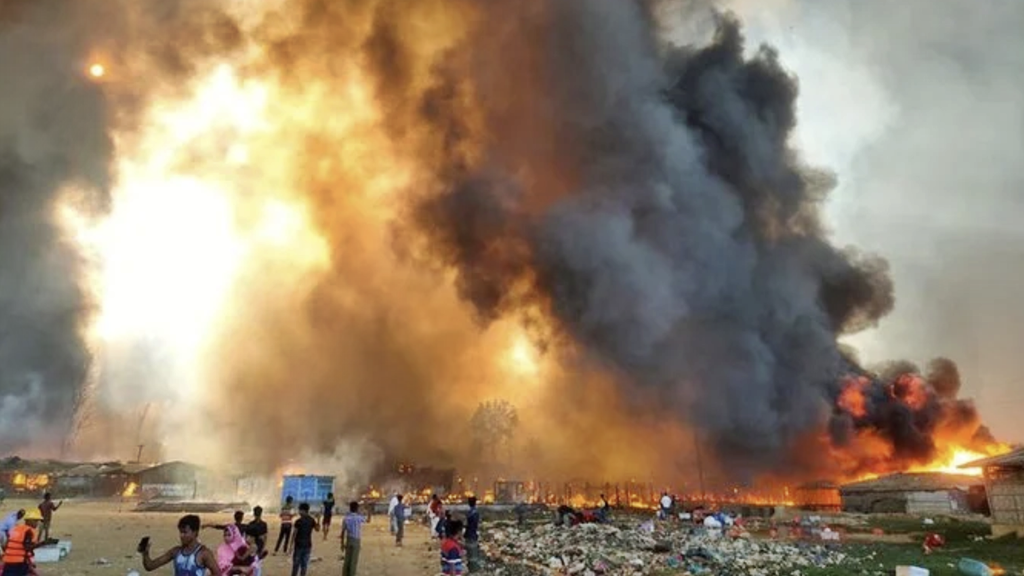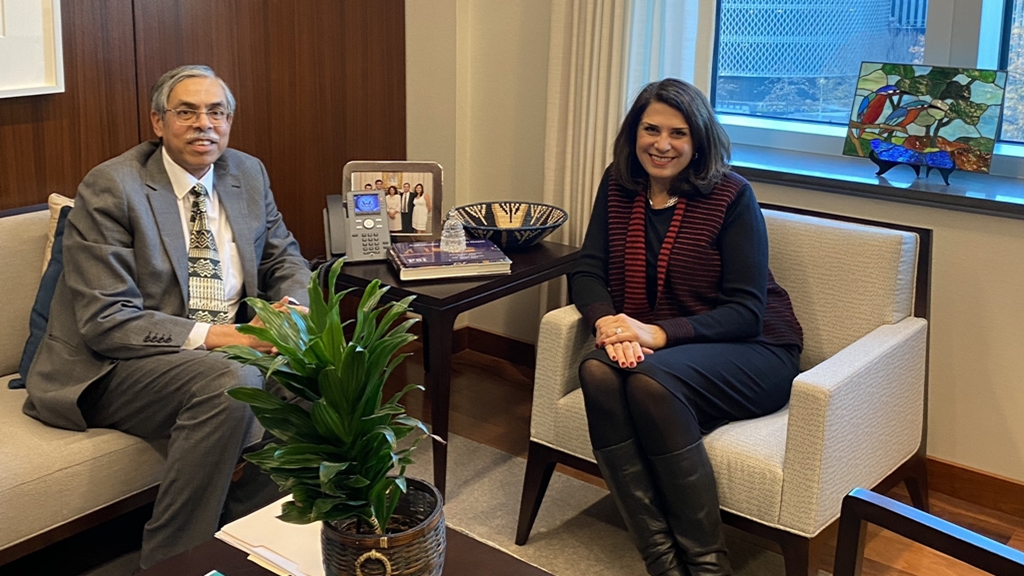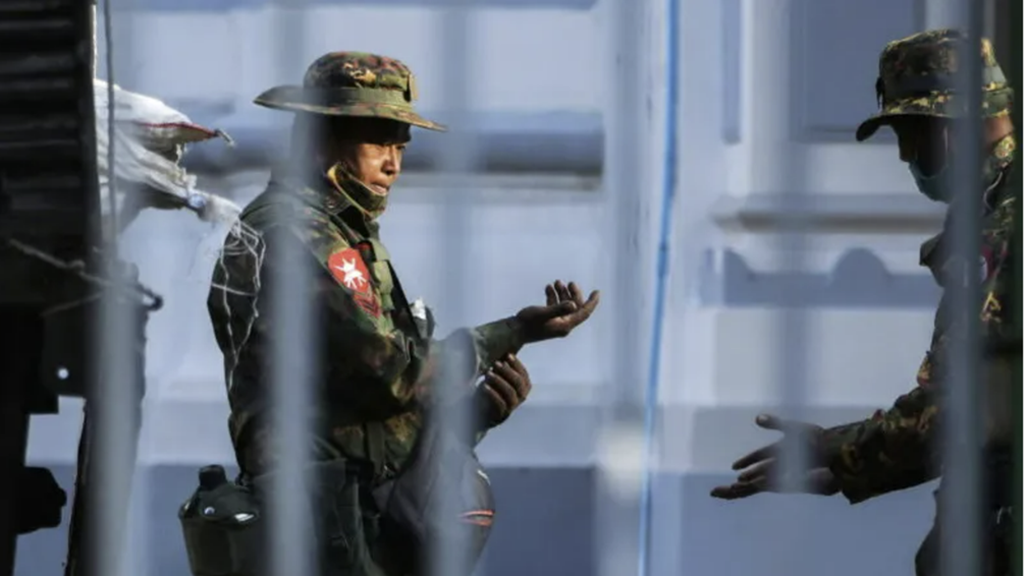
Fires show Rohingya situation is not sustainable
- 31/03/2021
- 0
By Dr. Azeem Ibrahim, Arab News
The latest fire in Cox’s Bazar has left some 50,000 Rohingya refugees without shelter, at least for the short term. Last week’s fire was not the first to rage through the town’s camps, but it was the largest yet. And more are likely to come in the future. This is one of the most visible ways of proving the camps there are not suited for long-term habitation.
Modern buildings in most of the world tend to obey one set of health and safety rules above any other: Those relating to fire. This has happened to such an extent that most of us in the affluent West will have never experienced a fire affecting our own residences. And, with that, we have perhaps forgotten that, for most of human history, fire has tended to be one of the most immediate threats to human life.
But wherever we have shantytowns in the world today — built by the poorest and most vulnerable people as makeshift shelters on short notice and with whatever materials they happen to find lying around — that historical truth still asserts itself routinely. And, unfortunately, the huge refugee center in Cox’s Bazar is effectively a sprawling collection of shantytowns, housing some 1 million people.
The government of Bangladesh has tried to offer whatever help it could, but, especially in the early days when these shelters were built, the huge and sudden influx of people meant there was little chance that enough high-quality housing could be built to accommodate all those fleeing the genocide in Myanmar. The German government struggled to build that much housing for the refugees they were expecting during the 2015 exodus from Syria. The much poorer government of Bangladesh could never match such a feat.
And, once built, it takes extra effort, disruption and cost to replace the shanties with more adequate and sustainable housing. So now, almost five years after the height of the refugee influx, the authorities are still struggling to build the necessary infrastructure for the community around Cox’s Bazar to become sustainable in the long term. Instead, they have opted for an apparently easier solution: To build accommodation for the refugees from scratch, up to standard, on empty land. Unfortunately, the only place where they found empty land in densely populated Bangladesh was on a silt island in the middle of the Bay of Bengal, which is both very remote and at high risk from natural disasters, especially during monsoon season: The island of Bhasan Char.
There are a number of obvious issues with the refugee facilities on Bhasan Char that make it unsuitable to become a sustainable community in the longer term, such as the lack of agricultural land, its remoteness, and the fact that it cannot hope to accommodate the entire Rohingya population, meaning they will end up geographically split. But those who have been affected by the latest fire will be safer on that island, at least in the short term. At least the infrastructure built there by the government does not appear to be a huge fire hazard.
So we must accept that some Rohingya will be moved to the island now that their accommodation in Cox’s Bazar has burnt down. But we, in the international community, must increase our demands for full access to Bhasan Char for all UN humanitarian agencies and international nongovernmental organizations, so that they can support the relocated refugees and monitor their welfare on an ongoing basis. It has been very worrying that such access to the island continues to be restricted.
We can see that neither Bhasan Char nor Cox’s Bazar are sustainable communities for the Rohingya to live in for the long term.
Dr. Azeem Ibrahim
However, we can see that neither Bhasan Char nor Cox’s Bazar, as they stand now, are sustainable communities for the Rohingya to live in for the long term. And, so long as the long-term solutions have not been found, this will continue to be an acute crisis; always one fire away from another humanitarian disaster to compound all that these people have suffered over the past years.
We really must begin building the necessary long-term infrastructure, conditions and services to settle the fate of the Rohingya for the foreseeable future. There is no other way and dragging our feet about it, whether in the international community or the government of Bangladesh, is really postponing the inevitable and flirting with further disasters. The necessary work must start now.
Dr. Azeem Ibrahim is a Director at the Center for Global Policy and author of “The Rohingyas: Inside Myanmar’s Genocide” (Hurst, 2017). Twitter: @AzeemIbrahim







